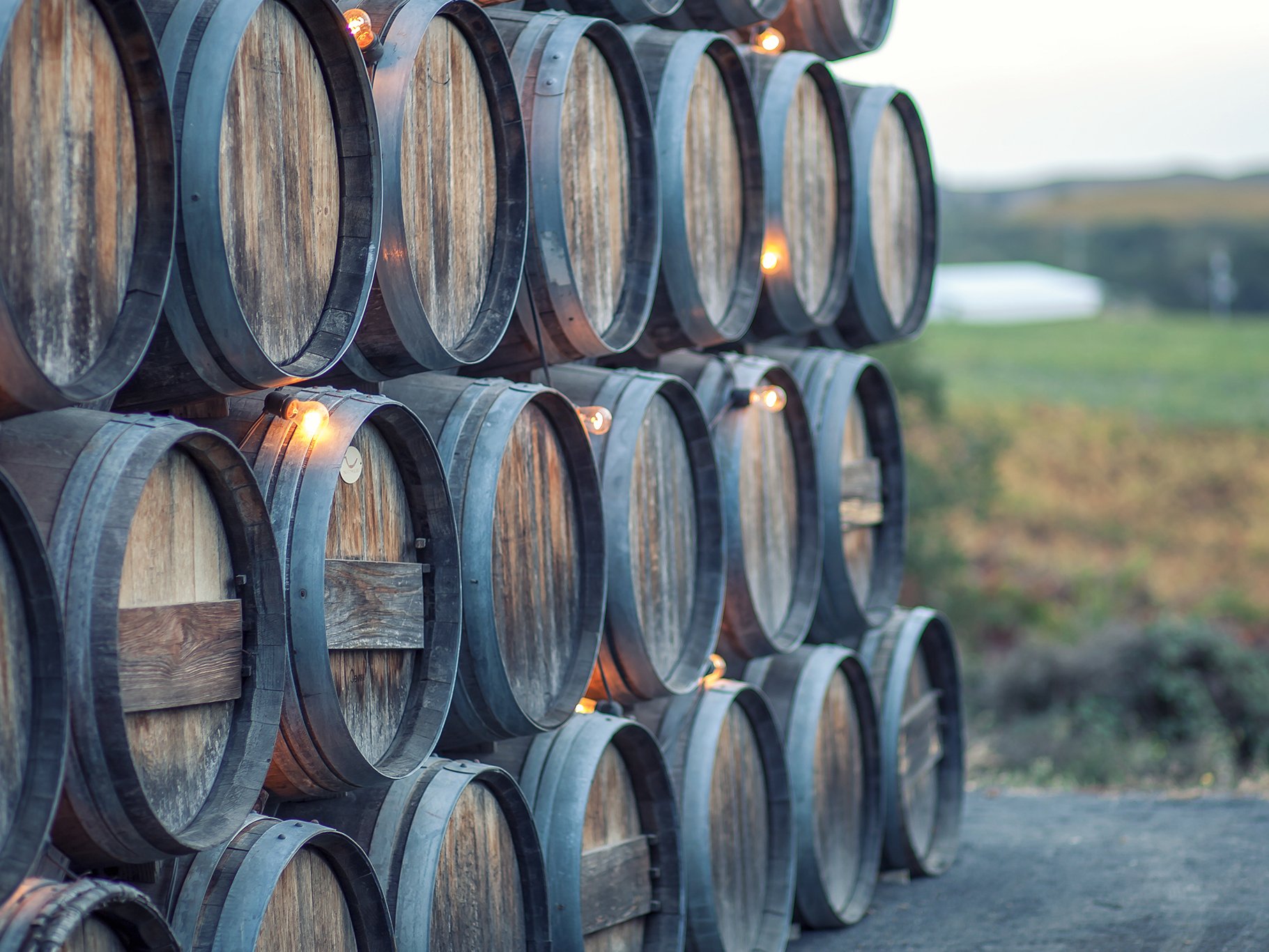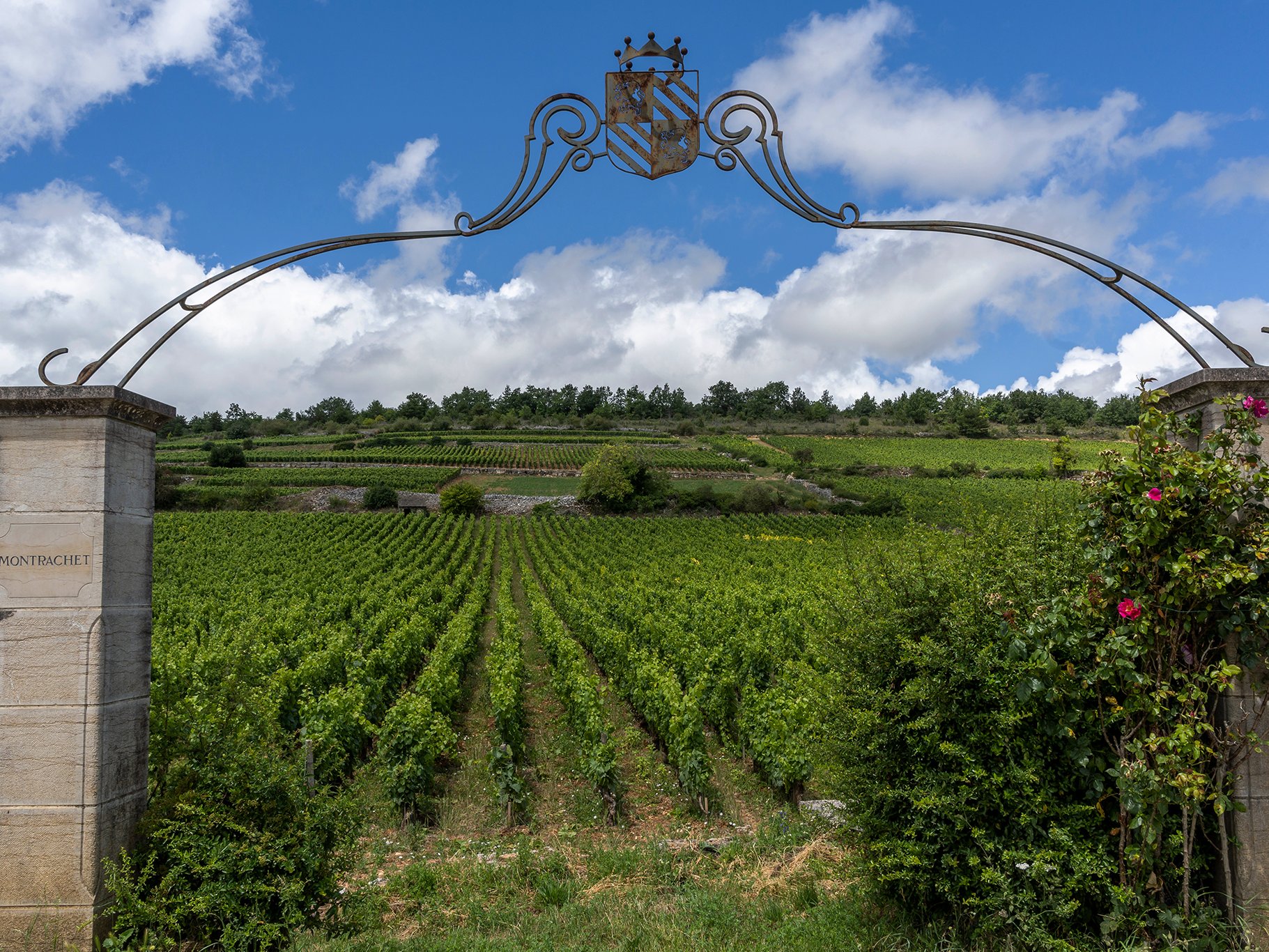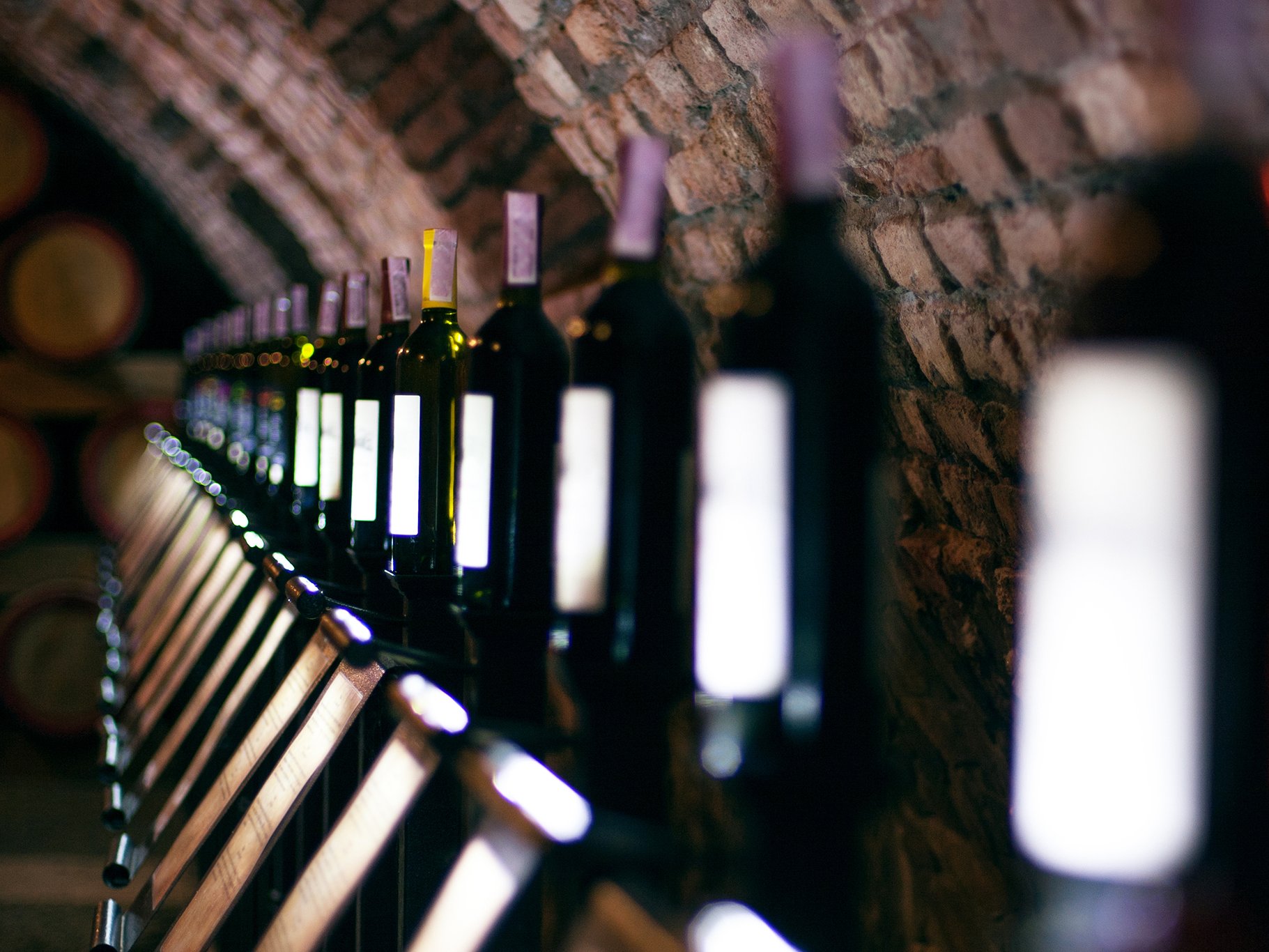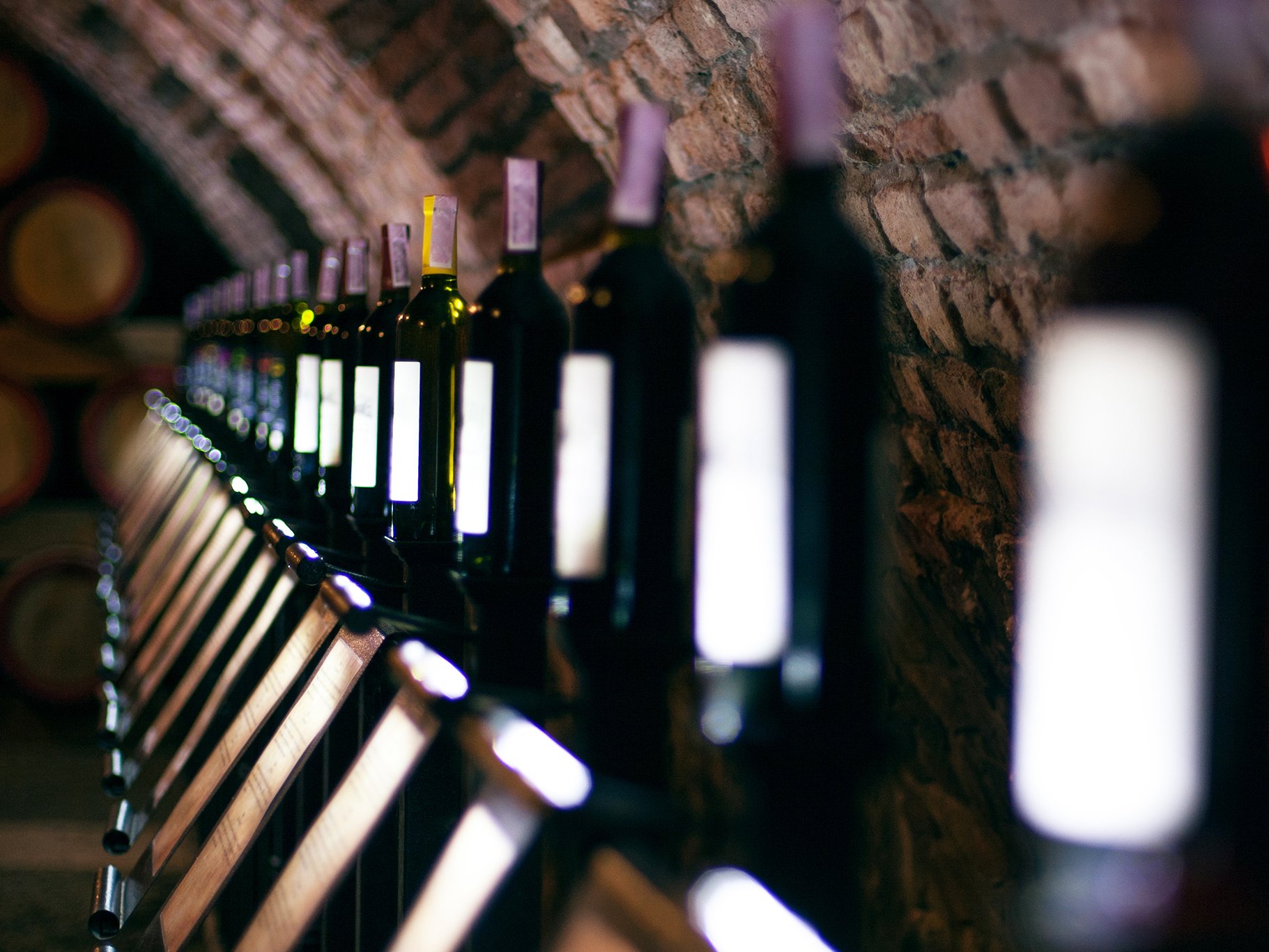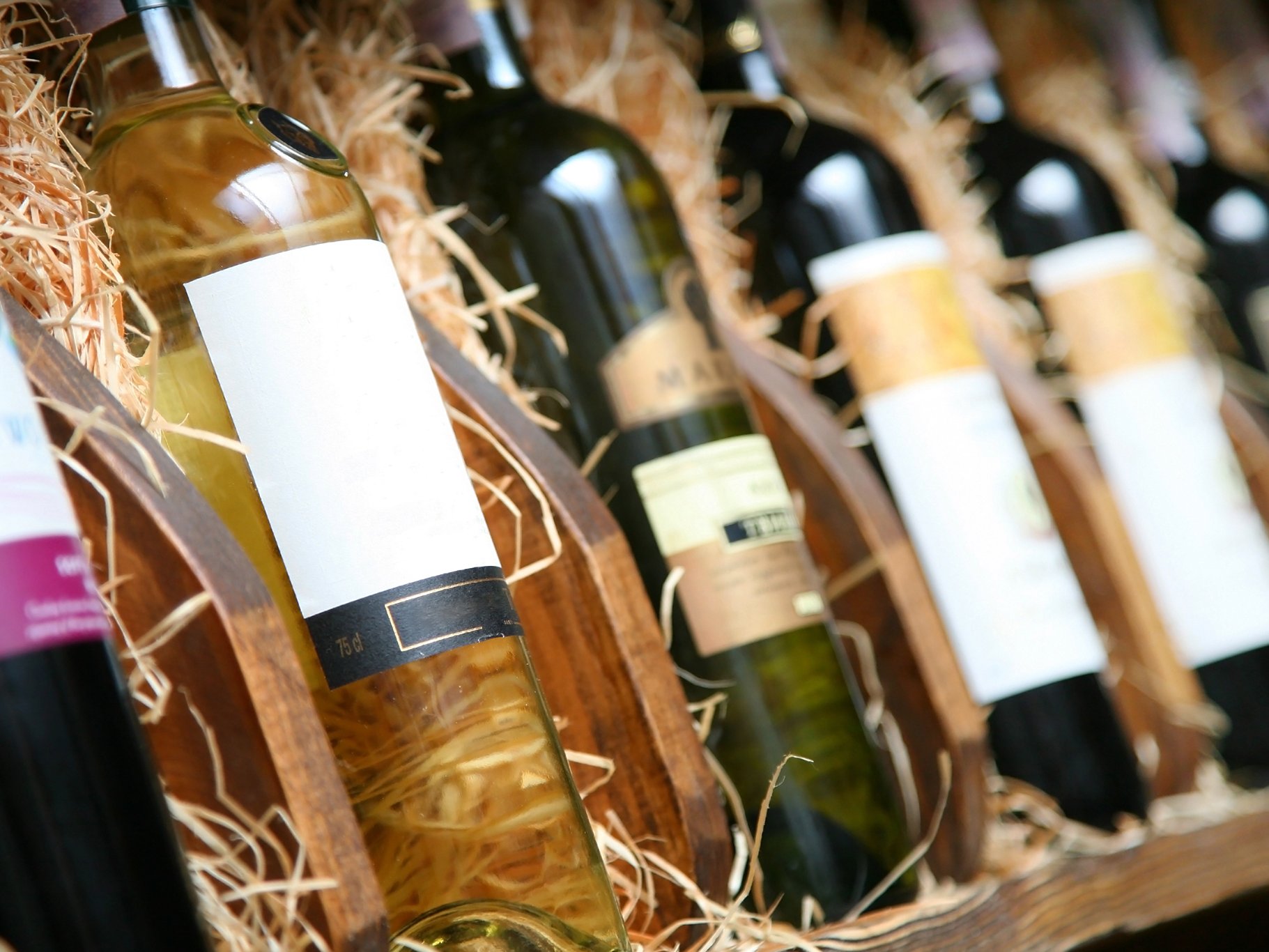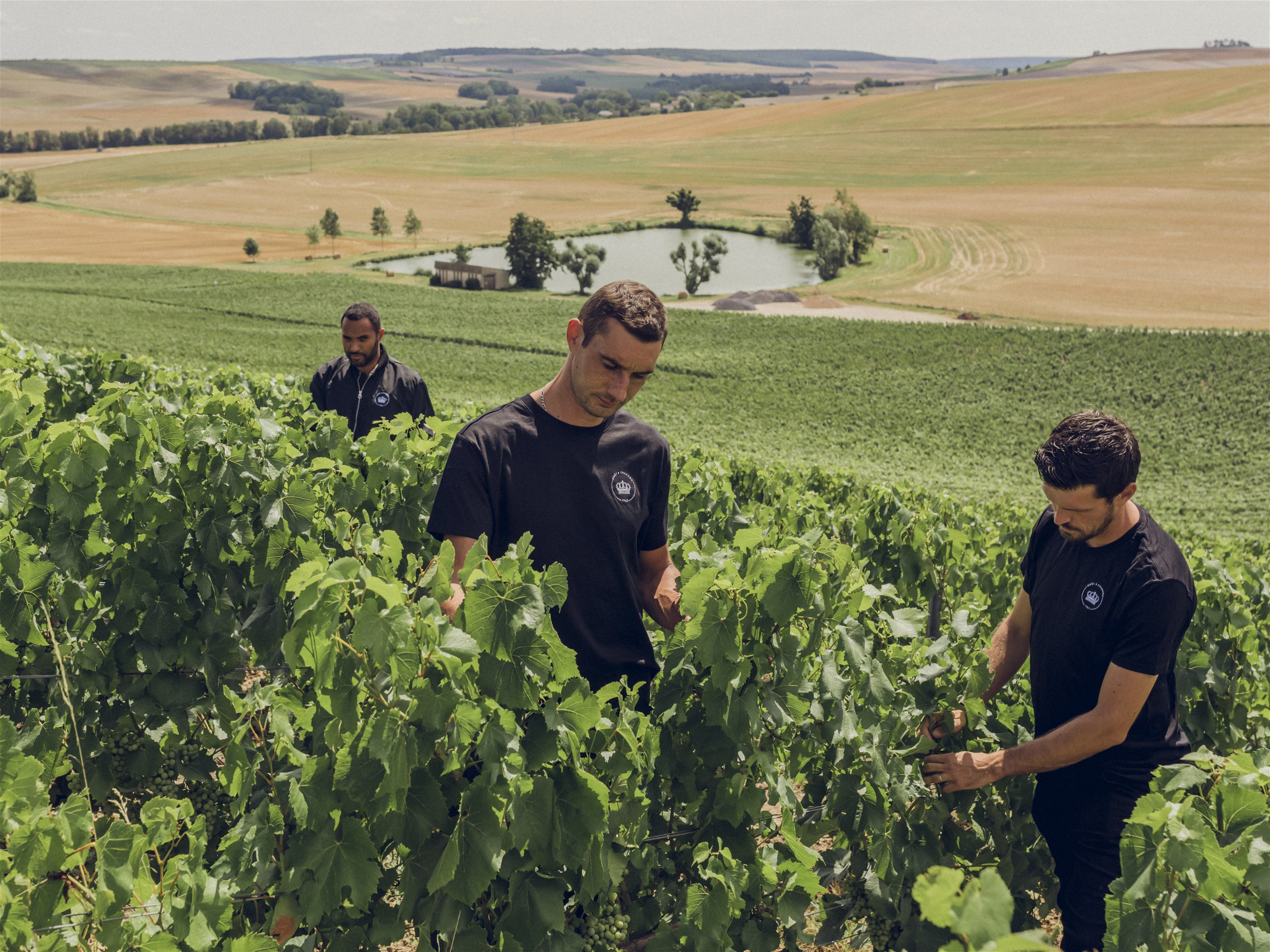Wineries rush to meet new EU law
Blessed are the label designers: wine producers will need to comply with a complex set of new regulations for the EU.
The skillset that makes a good vigneron has little obvious overlap with the sort of mind that relishes the dry detail of European Union law. Yet ignore this legal jargon at your peril. As of December 8, 2023, any wine producer wishing to supply an EU country will need to ensure their labels comply with a complex set of new regulations.
In addition to the allergen information already required, all wines sold in the EU will now need to display “a nutrition declaration and a list of ingredients.” This requirement poses two headaches: how to collect this data and how to squeeze it onto a sensibly proportioned back label.
For larger producers, the first issue is relatively straightforward to tackle. They will have a laboratory on site and may well have this information to hand already. The burden falls more heavily on small wineries, who must bear the cost and inconvenience of sending samples to a commercial laboratory. That problem is magnified for anyone making many small cuvées, perhaps capturing the individual character of different vineyard parcels.
When it comes to displaying this information, in a benevolent burst of flexibility EU bureaucrats have permitted it to be made available “by electronic means”. As ever, when you read the small print it’s not quite that simple.
Links are not enough
Winemakers can’t just provide a handy link to their website. That would fall foul of a requirement that they “avoid any collection or tracking of user data and do not provide information aimed at marketing purposes.” Instead, this information must be held on an entirely separate platform. Again, that’s easy enough for big brands with IT departments, rather less so for your technophobic artisan.
One firm currently “very busy” helping wineries tackle this issue is Scantrust. Already lending QR code expertise to the drinks sector, albeit with a primary focus on traceability and anti-counterfeiting, Scantrust suddenly found clients requesting a rather different service.
QR codes offer a solution
“QR codes are clearly the way to go,” observes Ricardo Garcia, director of sales & partnerships EMEA at Scantrust. As well as saving label space, he highlights the option to “offer the ingredient content in 24 languages in real-time without any modifications to the label.” For producers worried about a delay in shipping their wine, Garcia notes, “QR codes can be printed first, labels can be ordered and nutritional declaration can be provided at a later stage.”
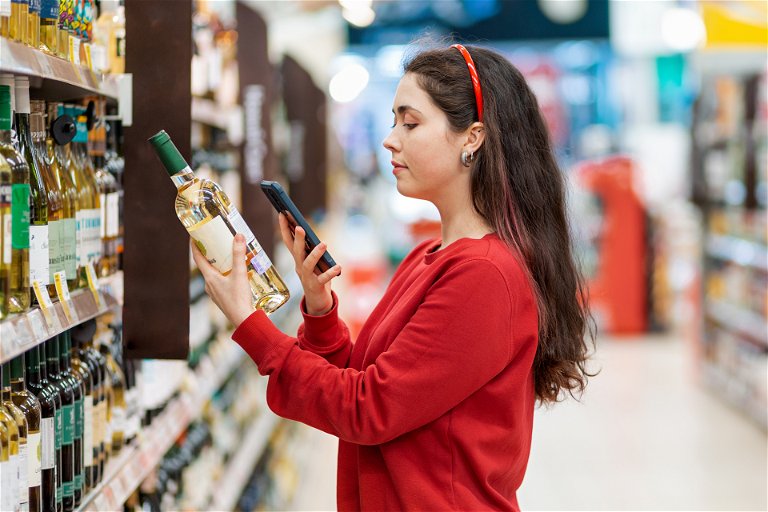
That flexibility is just as well. Despite its edict that ingredients must be displayed, the EU has yet to define exactly what needs to be declared, and how. “The fact that the final delegated act has not been published yet, is creating some uncertainty in the market,” reports Garcia.
Enough time for preparation?
This remaining area of uncertainty aside, the new regulations were announced back in December 2021, so surely producers have had enough time to organise themselves ahead of the deadline at the end of this year?
“Honestly a lot of our clients of all sizes are still getting to grips with it,” reports James Fleming, founder & creative director of drinks specialist design agency Gigantic Creative.
Fleming points out that producers not only need to ensure labels comply with EU regulations, but also their own regional labelling rules and retailer labelling standards. “Getting everybody in the chain on the same page or at least reading from the correct set of guidelines can at times be challenging,” he remarks.
Initially at least, Fleming suggests that many wineries will simply stick a compliant back label over the existing one, “which is wasteful and not at all good from a cost or sustainability point of view.”
Despite the short-term frustrations involved with implementing these changes, Fleming believes that the new regulations, especially the option to display most information digitally, will bring longer term benefits for his clients.
“Overall, I think that this is seen as a positive change,” he says, “as there is hope that eventually we will arrive at the point where it will be possible to produce one label which is applicable to all markets with the relevant legal info for each market hosted online.”
While producers cannot be seen to use their information for marketing purposes, there remains an opportunity to provide those consumers who are interested with far greater detail than it is possible to squeeze onto a back label.
“The potential of this solution to provide not just legal information but also explain this data and educate consumers is huge,” remarks Fleming. “It’s one thing requiring the data on pack but we could go further when it comes to helping consumers interpret, understand and use the data to make positive lifestyle choices.”
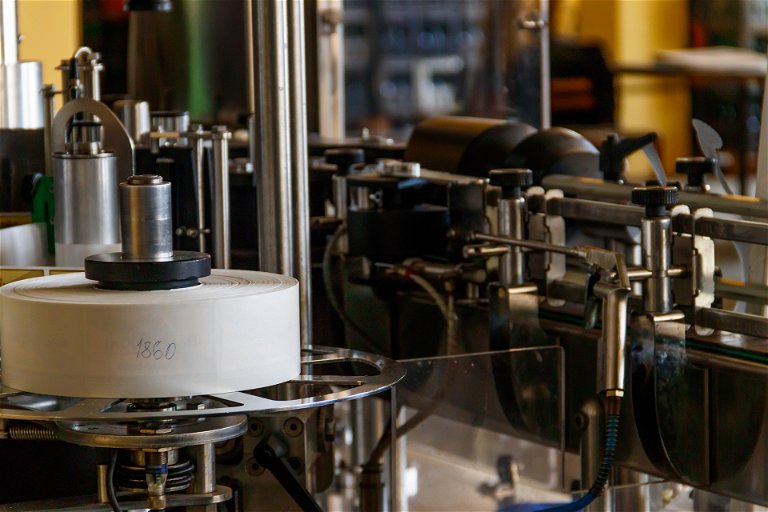
For now, there is no requirement for other drinks categories to provide the same level of information. However, few would be surprised if the new regulations did not eventually extend their focus. If the wine sector is able to overcome technical hurdles and demonstrate the benefits of this extra information, then some whisky or beer brands may well decide to jump before they are pushed.
That’s little comfort for wineries currently mired in yet another unwelcome expense at a time when global inflation is already affecting everything from glass bottles to labour. Wine lovers should be grateful that they are spared such headaches. But next time you’re choosing a bottle, take a moment to appreciate the blood, sweat and tears that have gone into that unassuming back label.


